Our engineering notes and designs :)Robotics, SpaceTech, special Vehicles and Equipment.Engineering and Concept design services for Technology companies.
Don't wanna be here? Send us removal request.
Text
Automation in Construction & Mining: Key Technologies.
Want to understand how machines are becoming automated? 🚜🤖 This article gives a quick overview of the main directions making it possible — 3D mapping, digitalisation, and algorithms. No deep dives, just the essentials to see which systems are used and which technologies they combine to achieve results.
1-2 minutes to read.
0 notes
Text
Satellite structure parts prepared for assembly.
Cubesat 3u type.
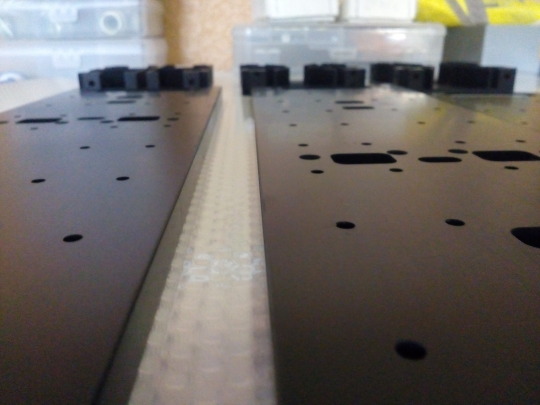
0 notes
Text
Concept Design of an amphibious Vehicle for Search and Rescue operations
A design project of an amphibious vehicle for post-flight transportation of cosmonauts and their space capsule.
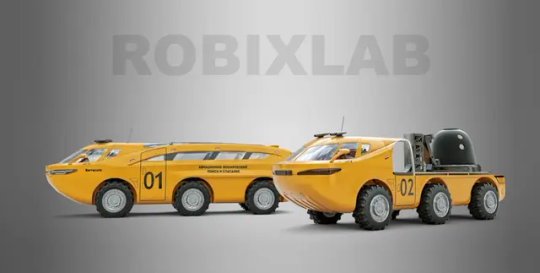
ROBIXLAB focused on a high level of mechanization and automation of all operations: the design of the vehicle allows loading cosmonauts on board in various ways, including the use of stretchers if there are casualties in the crew.
The combination of these solutions with the ability to float in water and move in deep snow or mud make this vehicle useful in aviation and public rescue services.
More project illustrations here:
#aerospace#automotive#search and rescue#concept design#allterrainvehicles#robixlab#searching#emergency#researchandinnovation#researchanddevelopment
0 notes
Text
The results of our small design research: Aerospace sidestick handle.
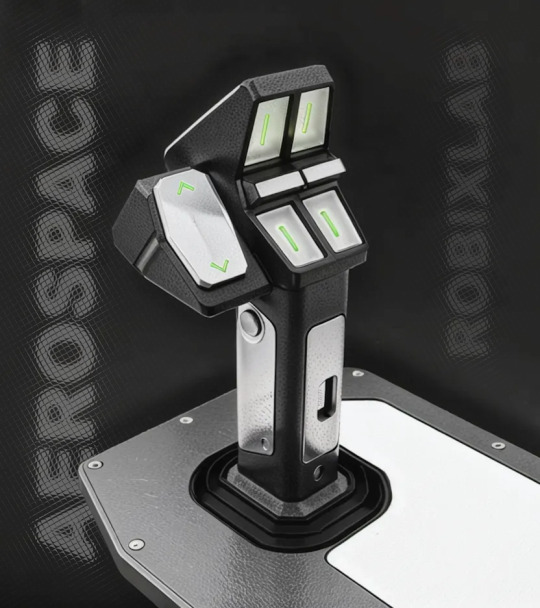
How it works in extreme conditions and additional information can be found in https://www.instagram.com/robixlab/
#engineering#aerospace technology#industrialengineering#industrial design#control systems#interface design#space exploration#concept design#joystick#flight#pilotage#vehiclesafety#unusual vehicles#vehicles#ui ux design
0 notes
Text
Design research: AeroSpace sidestick
Imagine that you need to press the buttons of the sidestick (joystick) confidently and clearly when your vehicle / lander / spacecraft is being hit and shaken.
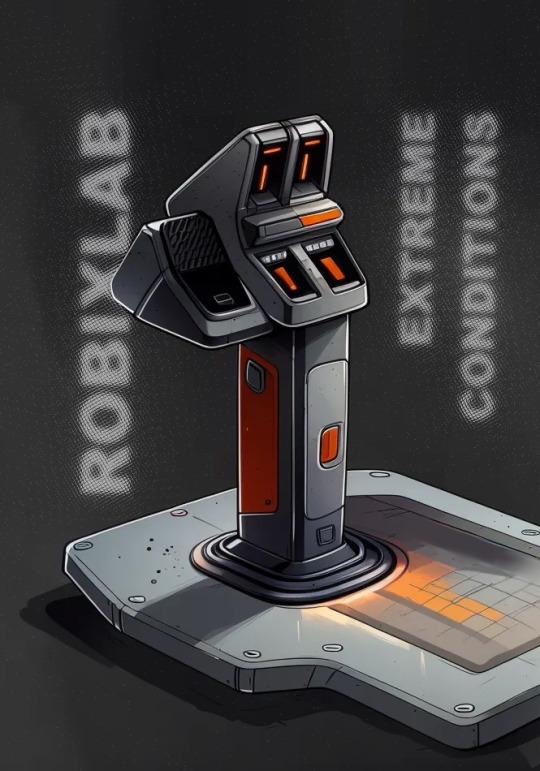
For example, the oscillation amplitude is 0.01-1.0m , or acceleration is 2/5/10G.
You can't let the joystick out of your hand to work with the buttons, you can't look at the buttons, you have a thick aerospace glove on your hand.
We have designed a handle of sidestick that solves such problems.
1) The buttons are divided into three levels, each of which differs in its geometric location and is easily determined by tactile feels.
2) The buttons are made mechanical - this prevents accidental clicks.
3) They are embedded in the body, and near them there is a finger support - this allows you to prepare for pressing in advance, even with vibrations.
4) The buttons are equipped with touch contact sensors - the finger contact with each button (without pressing) is displayed as an indicator on the dashboard.
Designed by Robixlab, more illustrations about this project: ROBIXLAB (@robixlab) • Instagram
#aerospace#engineering#industrial design#spacecraft#joystick#cockpit#productdesign#newspace#designresearch#uidesign#pilot#interface#research#ergonomics#robixlab
1 note
·
View note
Text
Choosing the dashboard configuration for an Aerospace cockpit
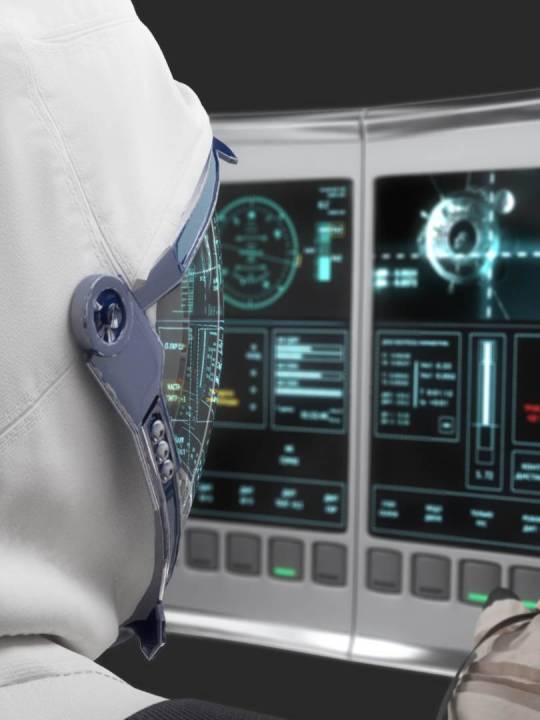
The creators of aerospace technology and spacecraft always face a contradiction in the design of the crew cockpit. On the oneside pilots or astronauts should have convenient access to all buttons and instruments (ideally at arm's length, only mechanical buttons without touch panels). On the other side to ensure safety, the cabin should be spacious enough for the pilot to quickly leave his seat.
We designed a rotating simulator that is not limited to the outer hull of the spacecraft, so we used rotary sliding sections for the dashboard. But how can this design be applied in a real spacecraft?
It is possible, although it will look different. There are two main differences in this case.
Folding scheme, taking into account the escape routes from the spacecraft. The panels should be moved to the side where they will not interfere with evacuation.
The shifting mechanism should be: simple, reliable, mechanical (without electric drives), and the main thing is automatic. This means that after pressing the button or after receiving the command to evacuate from the control system, the dashboard automatically slides to the side.
For such a technical solution, it is very important to design a mechanism for moving the dashboard, which guarantees trouble-free operation even in emergency situations (with impacts and damage to the external shell / body).
Designed by Robixlab.com
0 notes
Text
Could an additional 65 grams of hardware simplify the building, testing, and operation of a satellite?
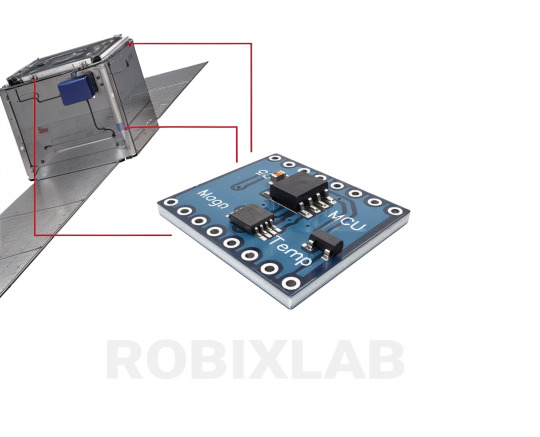
In one of our projects, we were working on developing electromagnetic coils to control the attitude of a small satellite. When researching common issues with magnetic coils across various companies, we discovered that errors frequently occur in the connection of power cables and in the mathematical signs of variables in the software. These errors do not immediately affect the coil's operation, but they generate torque in the opposite direction. Often, this mistake goes unnoticed during initial tests, resulting in lengthy troubleshooting and corrections later on.
To solve this, we enhanced our magnetic coil project with a tiny electronic unit equipped with sensors. These sensors monitor the polarity, power, and spatial orientation of the coil. The electronic modules communicate with each other and the main satellite control system. This configuration enables automatic verification of the correct installation and connection of all magnetic coils during testing, and continuous monitoring during spaceflight.
The combined weight of these electronic modules, their cases, and cables is about 65 grams. Is it worth it?
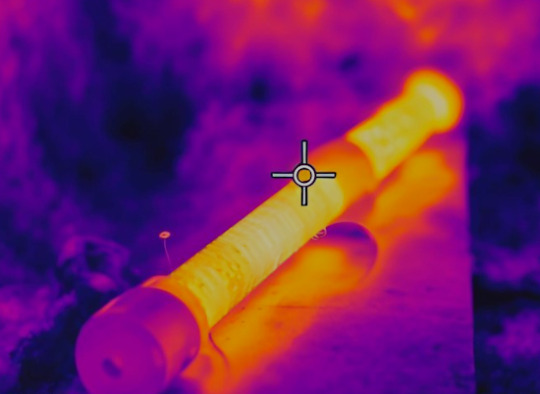
0 notes
Text
Simulator for pilots and astronauts

How can we improve the effectiveness of training for pilots and astronauts? They spend a lot of effort on training in the gym, on physico-medical tests, ship control simulators and, of course, a centrifuge (but rarely, because there is a queue).
We decided to slightly improve the UX of this training process and designed a new simulator. The key idea is to combine several types of devices and types of interaction, just as it will be in real flight conditions.
At the base of this device is the training of the vestibular apparatus, checking the fulfillment of control tasks, and checking medical indicators.
This is simulator with the rotating chair. It enables a variety of exercises and tests without the need for a large centrifuge, complementing it but not replacing it. Boosting workout intensity and productivity while cutting costs.
Concept and design by Robixlab
#aerospace#astronaut#space engineers#product design#ux#spaceengineers#engineers#space#space exploration#design#robixlab
2 notes
·
View notes